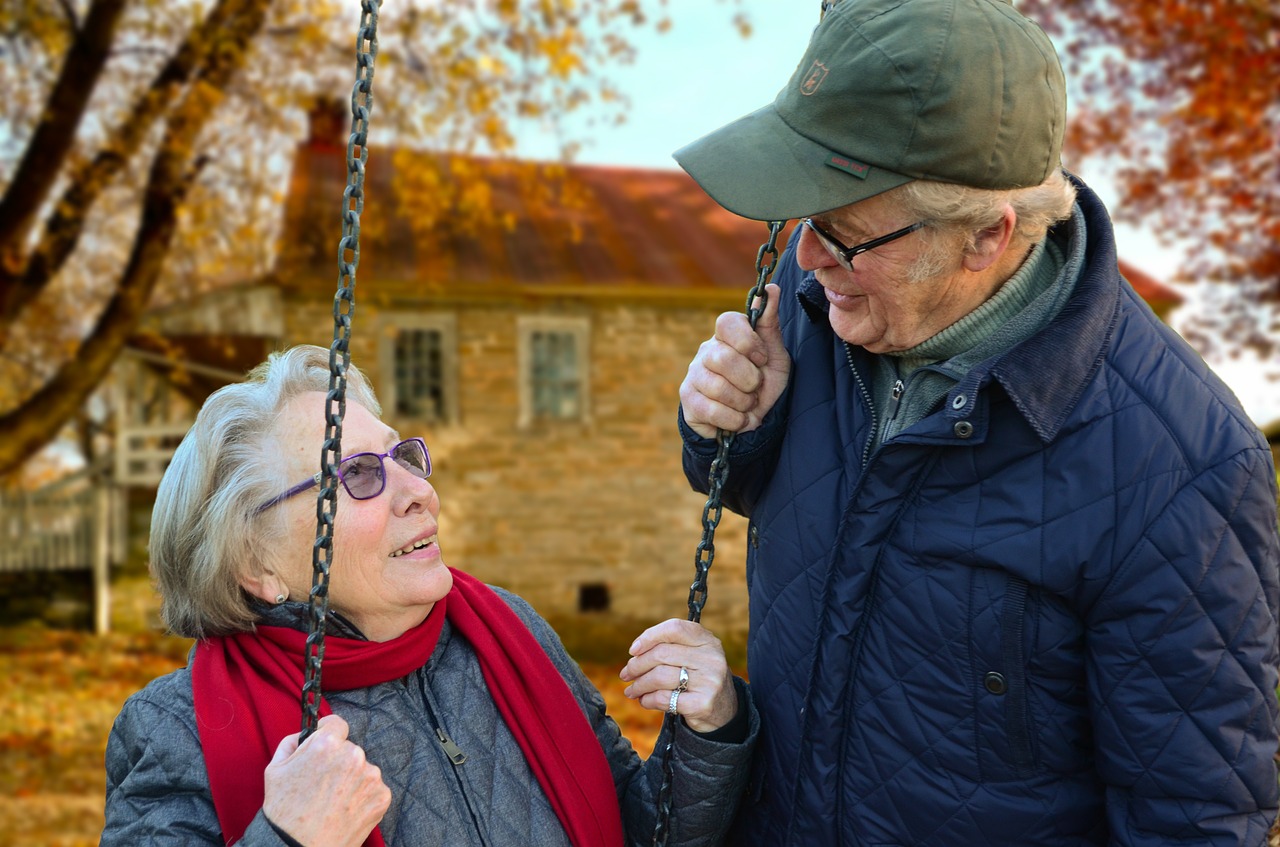
It’s 25 years since our first evaluation of legacy giving, after we have been commissioned by a gaggle of 13 main charities to supply 20-year forecasts of UK legacy incomes. After 25 years of presenting market evaluations, sitting in on a whole lot of forecasting displays, writing hundreds of phrases on legacy traits, it’s straightforward to assume it’s all been stated. Jaded? By no means. Complacent? Effectively, perhaps.
That’s why I like working with our Dutch and now, our Australian shoppers – they at all times educate you one thing new.
Final 12 months, a gaggle of eight Australian fundraisers got here to the IoF Legacy convention on a examine tour. On the post-conference dinner, they have been joined by a contingent of Dutch fundraisers on their annual pilgrimage to the London occasion. Every of our ebullient Dutch shoppers determined to ‘undertake an Aussie’ for the night – as you’ll be able to think about the conversations have been vigorous (and the consuming spectacular!).
Following that memorable night, we have been invited to this 12 months’s Embody A Charity Week occasions throughout Australia, visiting 5 cities in 5 days, from Brisbane to Perth. We introduced the outcomes of a brand new undertaking to forecast the Australian legacy sector over the subsequent 20 years; bringing us full circle with our very first undertaking 25 years in the past.
On first impression, simply how totally different may the Australian legacy sector be to ours within the UK? They converse the identical language (form of!), have broadly the identical authorized system, and a predominantly ‘Anglo’ tradition. Sure, the inhabitants is smaller (25 million in comparison with 67 million right here) and way more broadly unfold.
However most of the key demographic traits are comparable, with an ageing inhabitants, a big boomer cohort and quickly rising dying charges. And ranges of affluence are additionally shut, albeit the Australian financial system has outperformed a lot of the developed world – together with the UK – lately.
However on nearer inspection, we uncovered some inherent variations, which proved very important to our evaluation. So, what did we study?
Geography issues. In a small, crowded island like Britain, regional variations get ironed out. Sure, there are gaps in giving behaviour between north and south, and between England, Wales, Scotland and Northern Eire too. Likewise, within the Netherlands there are divisions between the agricultural east and metropolitan west. However in Australia, every state and territory had its personal set of charities, its personal social points and its personal delicate authorized variations too. To not point out the time zones! For a inhabitants of simply 16 million folks, that makes for a surprisingly fragmented sector.
Historical past issues too. Within the UK most of the largest legacy charities have been based again in Victorian occasions, however in Australia – consistent with the younger historical past of the nation – a lot of the big-name manufacturers are far newer. Likewise, within the Netherlands, many charities have been based after the second world conflict – earlier than then, church buildings and rich donors supplied the social help.
In actual fact, faith stays an essential driver of legacy giving, extra so outdoors the UK. 15% of British bequests go to church buildings and spiritual organisations (Smee & Ford 2015). This compares to 27% of all Australian presents in wills (Swinburne Enterprise Faculty 2012). Likewise, a major quantity of Dutch bequests is understood to go to church buildings and spiritual organisations, though the precise numbers will not be recorded.
In comparison with Britain, in each the Netherlands and Australia worldwide charities have a better share of legacy giving – though they’ve come to prominence comparatively not too long ago, their excessive model profile and media spend means they’re catching up quick.
The range of the Australian inhabitants was an actual eye-opener, inflicting us to re-examine our home supporter base. Whereas 77% of Aussie boomers have been born in Australia, the UK or New Zealand, 8% are from continental Europe and the remaining 16% come from some 200 different international locations world wide. The multicultural profile of future donors has essential implications for legacy advertising and marketing. Understanding and respecting the traditions, rituals and motivations of non-Christian, non-Anglo teams will probably be very important for sustaining future help.
Lastly, legacy fundraising capability is low, according to present incomes. Throughout all three international locations, presents in wills account for a major share of voluntary earnings (starting from 20% in Australia to twenty-eight% within the UK). However as a result of measurement of our inhabitants and the maturity of our charity sector, absolutely the scale of earnings is way larger within the UK. For instance, the biggest most cancers charity is the market chief in every nation. Most cancers Analysis UK receives over £180m p.a. from presents in wills. In the meantime, taken collectively, the most cancers councils throughout Australia obtain £32m (Aus $60m), whereas Dutch model KWF Kankerbestrijding receives round £38m (Euros 44m). Because of this in each Australia and the Netherlands, groups are small, with most legacy fundraisers juggling presents in wills alongside different tasks. The necessity for extra useful resource – particularly extra headcount – is an ongoing battle. With out that funding in our bodies, brains and clout, it’s exhausting to make inroads.
We consider that the subsequent many years will convey enormous – and as but largely untapped – potential for development within the legacies and in-memory sectors. Based on our newest forecasts, the worth of legacy and in-memory donations within the UK will double in actual phrases over the subsequent 25 years, reaching £10 billion by 2045.
Certainly, the outlook for legacy giving in all three international locations could be very optimistic, due to rising dying charges, rich boomers, elevated openness to creating a present and rising shopper consciousness. However the audiences focused and messages communicated will proceed to fluctuate in accordance with native tradition, geography and the combination of causes supported. Lengthy might these variations proceed!

